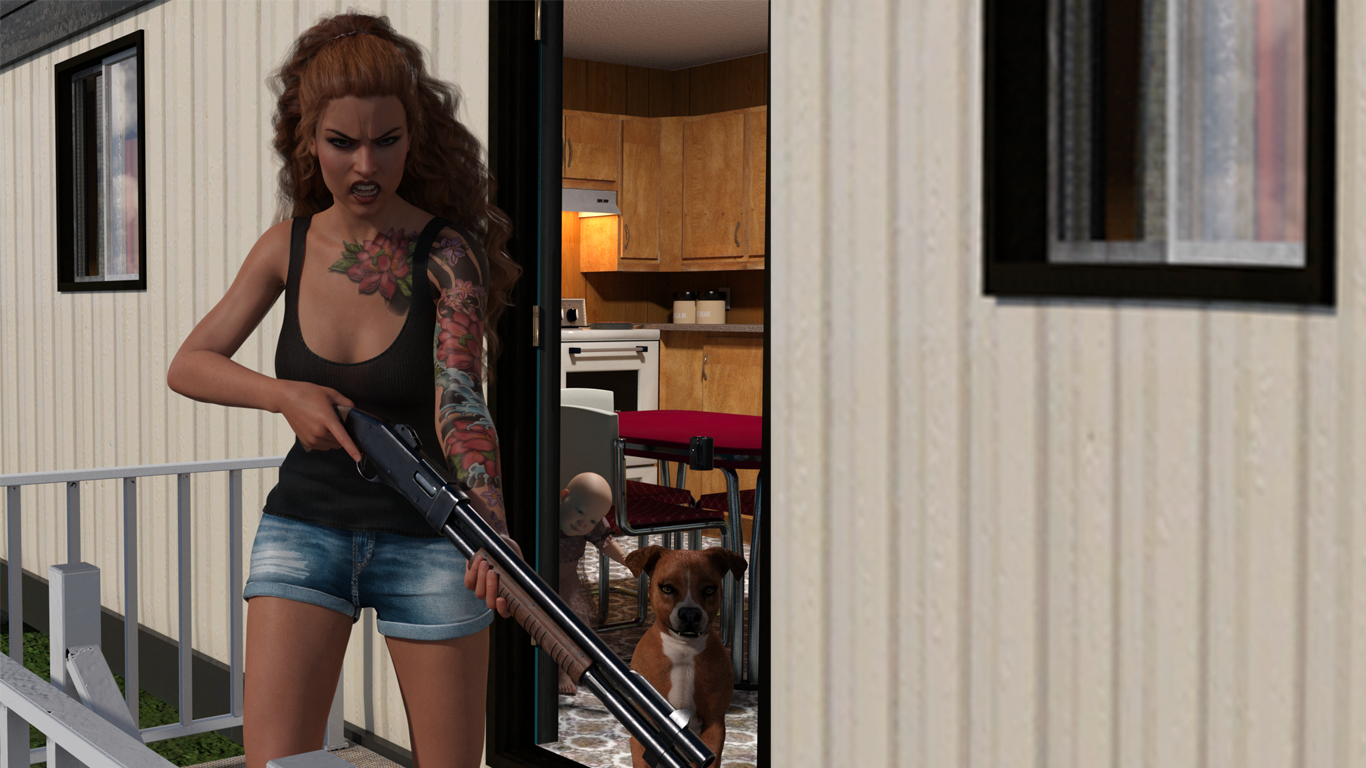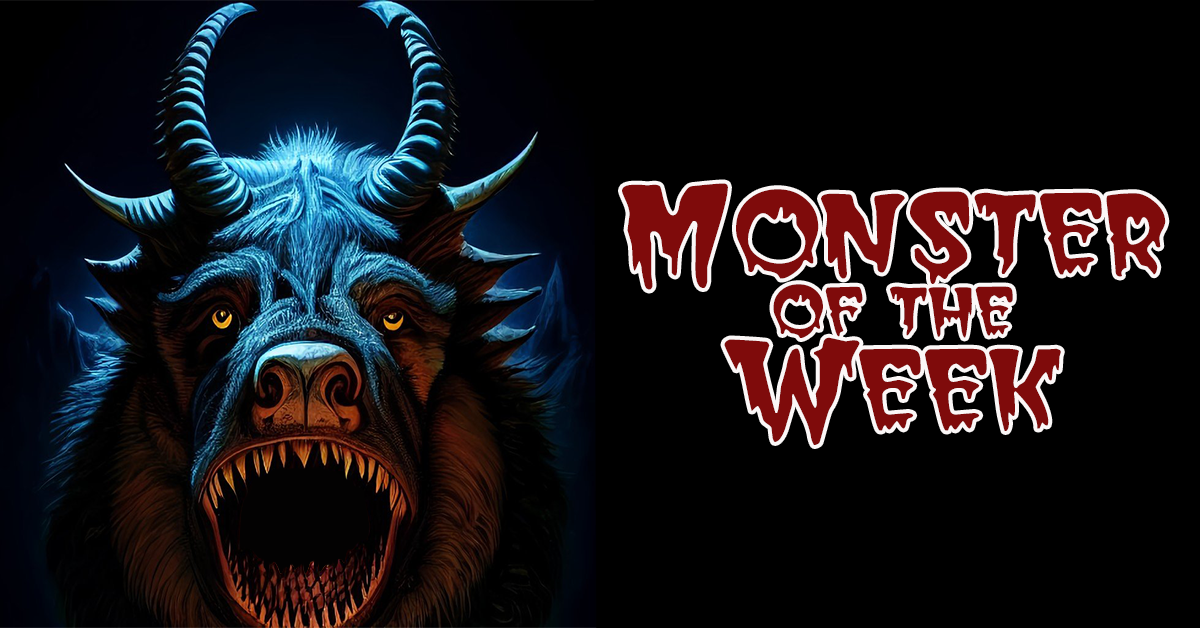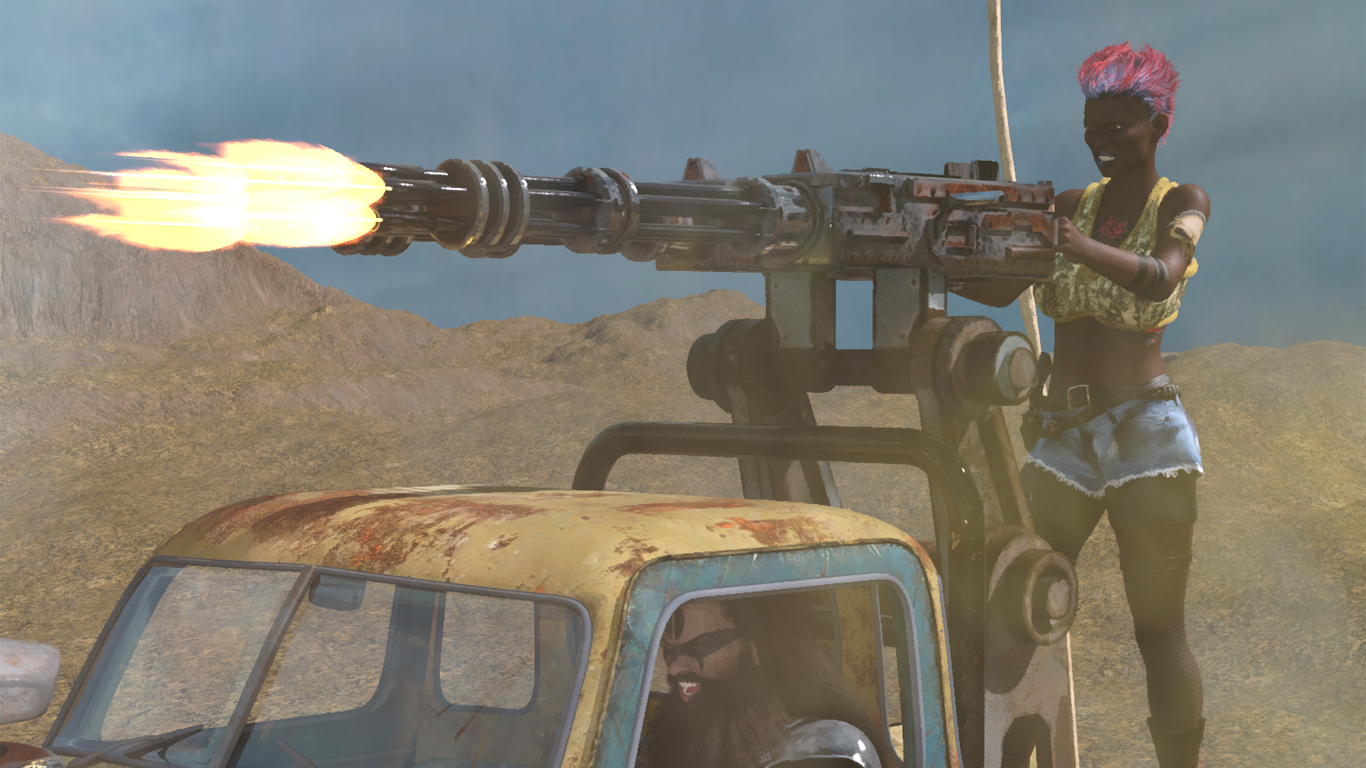We may earn money or products from the companies mentioned in this post.
Most gamers agree that players are responsible for creating the characters in a role-playing game, but the GM’s responsibilities are more nebulous. Usually we say that the GM is responsible for the world, or stories, or both. In QAGS, I think we said the GM was responsible for “everything else,” which is definitely overstating things. I think a better description of the GM’s job is creating and dealing with the aftermath of conflict. Before I explain why I think that’s a good description of the GM’s core responsibility, let’s talk about why thinking of the GM as a worldbuilder or storyteller doesn’t quite work.
World Building
Those of you familiar with the Hex Games party line already know the obvious problem with this one is that every player should be involved in creating the world. Sure, the GM does a lot of the creative heavy lifting and usually makes the final call about what fits, but everyone contributes something. Even in the early days of gaming, when each game world was a bold, revolutionary slightly variant configuration of the same fantasy tropes designed solely by a single visionary GM, the players still contributed to the world in some way, even if it was just a few NPCs from their character backgrounds. Unless the game focuses purely on murderhobos wandering around in dungeons (in which case there’s no need to bother with building a world), the players can’t help but contribute something sooner or later.
Even (“especially” may be more accurate) if you’re in a game where the GM exercises very tight control over the world, there’s another, less obvious problem. When somebody puts a lot of creative energy into building something, they tend to get attached to it and don’t want someone coming along and messing it up. That’s fine for a novel or a painting, but not so good for a game world. If the GM is too attached to the world she’s created, she’s not going to want to see the characters mess it up, and will probably go to lengths that stretch story credibility in order to maintain the status quo. Since the characters can’t really change the world in any meaningful way, the players end up feeling like their characters are visitors to a museum rather than protagonists of a story. There are some interactive exhibits they can play with, but most of the place is covered in “Please Do Not Touch” signs. This can get even more frustrating when the status quo makes life harder for the characters. For example, think of the number of monster-hunting games where the characters are expected to go to extraordinary lengths to keep the existence of monsters a secret despite the fact that keeping monsters a secret is really only beneficial to the monsters.
Storytelling
This seems like an obvious statement, but technically it’s not really true. A story, by definition, has a beginning, middle, and end. Unless the GM plans to railroad the players mercilessly, the only part she’s fully responsible for is the beginning. Creating the story is what the game is about (even if it’s a very simple story about heavily-armed orphans killing things and taking their stuff), and is therefore a back-and-forth between the players and the GM. Don’t get me wrong, GMs usually go into a game with a pretty good idea of what the plot will be, and often the only difference between a railroading monster and a great GM is that the great GM is good at giving players the illusion of free will (making them think that doing exactly what she wants them to is their idea), but even the best GM can’t always predict how the players will react to a situation. A GM who thinks of the story in linear terms will have a harder time reacting when players don’t do what she expects them to, will resist unexpected actions more forcefully, will be more heavy-handed in getting the players back on track, and will probably end up getting accused of railroading.
Conflict-Based Plotting
Conflict is so integral to storytelling that we don’t usually think about it, but it’s really at the heart of the GM’s job. If someone (who presumably has uncanny undefined power over you for some reason) tells you that you have to run a game right now with no preparation, you’re not going to start the game by trying to introduce world elements or set up a plot, you’re going to start that game by giving the PCs a problem to deal with and hope that the initial scene gives you an idea for what to throw at them next. If the first conflict doesn’t lead anywhere, you’ll keep throwing problems at them until you get something you can hang a story on.
I think most of the Hex crew consciously realized the importance of conflict the first time we sat down to playtest Hobomancer. By that point, we’d figured out quite a bit about Hobomancers and the world they live in–the “big picture” mission of maintaining the songlines to keep reality from falling apart, big chunks of mythology, specific hobo powers–but as we were making characters, somebody asked “So what do Hobomancers actually do during a game?” Nobody really knew. We were all kind of thinking that Hobomancers would do “hobo stuff” and “songline stuff” without actually realizing that starving and working crappy jobs and dying of exposure doesn’t make for a very exciting RPG, even when you add occasionally stopping to do some vaguely-defined magic ritual. We’d created a nice world, but it wasn’t a game setting yet. Luckily, the fact that we knew the game was set in the same world as M-Force gave us some monsters to fight to get things rolling and after actually playing a game we had a pretty idea of what kinds of things we needed to focus on.
Part of the reason we’d never really noticed the importance of conflict before is that for previous games, the conflict had been implicit in either the genre or the premise: M-Forcers fought monsters, Qerth characters wandered around in dungeons committing armed robbery, Fort High students tried to get laid and made bets about whether they could turn the weird girl into prom queen, etc. For hobos, on the other hand, the obvious conflicts weren’t as easily gamable, especially for people who (at that point) didn’t know a lot about hobos. Even now that I know more about hobos than anyone living in 2015 probably should, creating a game about “hobo stuff” and making both interesting and accessible to the typical gaming audience would still be a challenge.
The Hobomancer example is more about game design than GMing, but I’ve seen a lot of GMs who claim to have an idea for a game when really they’ve just got some setting ideas. For a game, you need some conflicts and at least some vague ideas about how PCs interact with those conflicts. If dealing with those conflicts doesn’t make for an interesting gaming experience, you’ve got to either find a way to make them gamable or rethink your premise.
Setting up your game in terms of conflict rather than world or story forces you to put the different elements of game into context. In order to identify the conflict, you have to identify the motivations behind the conflict, which makes you think about the characters or factions involved and what they stand to gain or lose. That leads to a better understanding of the personalities involved and their relationship to one another and the setting. It can also give you insight into how the different factions operate, what resources they have at their disposal, and other potentially useful information that you might not have thought about if you were designing “Save The Princess Adventure #47A.”
The other nice thing about conflict-based plotting is that it feeds on itself. As each element gets contextualized within the world, it generates a whole web of related factions, characters, MacGuffins, and conflicts. Determining what one character is up to suggests what some other group is doing, which gives them a stake in another scheme that puts them into conflict with a completely unrelated faction, and so on and so on. Eventually, you’re going to run into at least an indirect connection between whatever random princess kidnapper you’re designing and something at least some of the characters care about. If you can find a way to exploit that connection, the story will resonate more because the characters will have a stake in the outcome that’s more meaningful than the treasure they get from looting corpses.
Is this all just semantics? Definitely, but the way we define things can have an impact on how we approach them, and sometimes the key to breaking a bad habit or getting out of a rut is to find a new way of thinking. I’ve found that thinking of games in terms of conflict rather than world or story can bring things into better focus and make GMing easier and players happier. It’s still world building and storytelling, but you’re building an active world where the stories have their own momentum. You end up with a events that the PCs can get caught up in, not set pieces and railroad tracks for the PCs to stumble across and wander around in or follow because they don’t have anything better to do.





